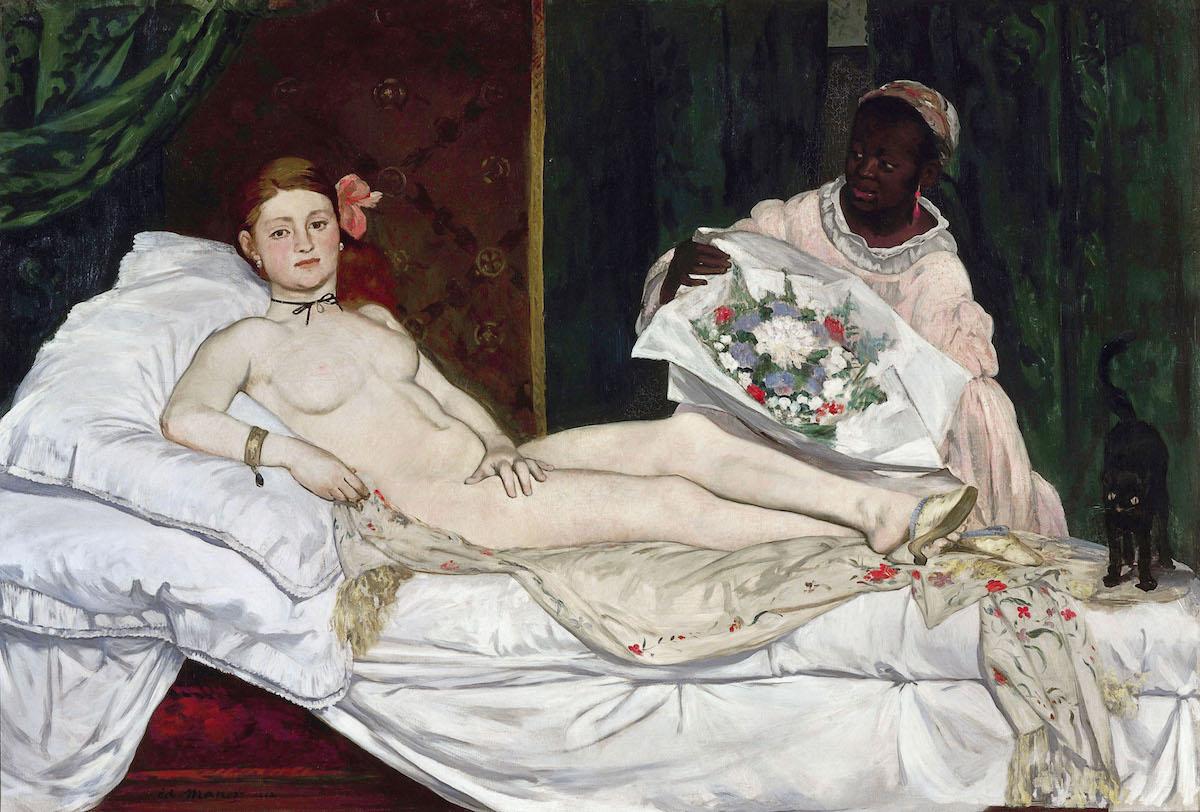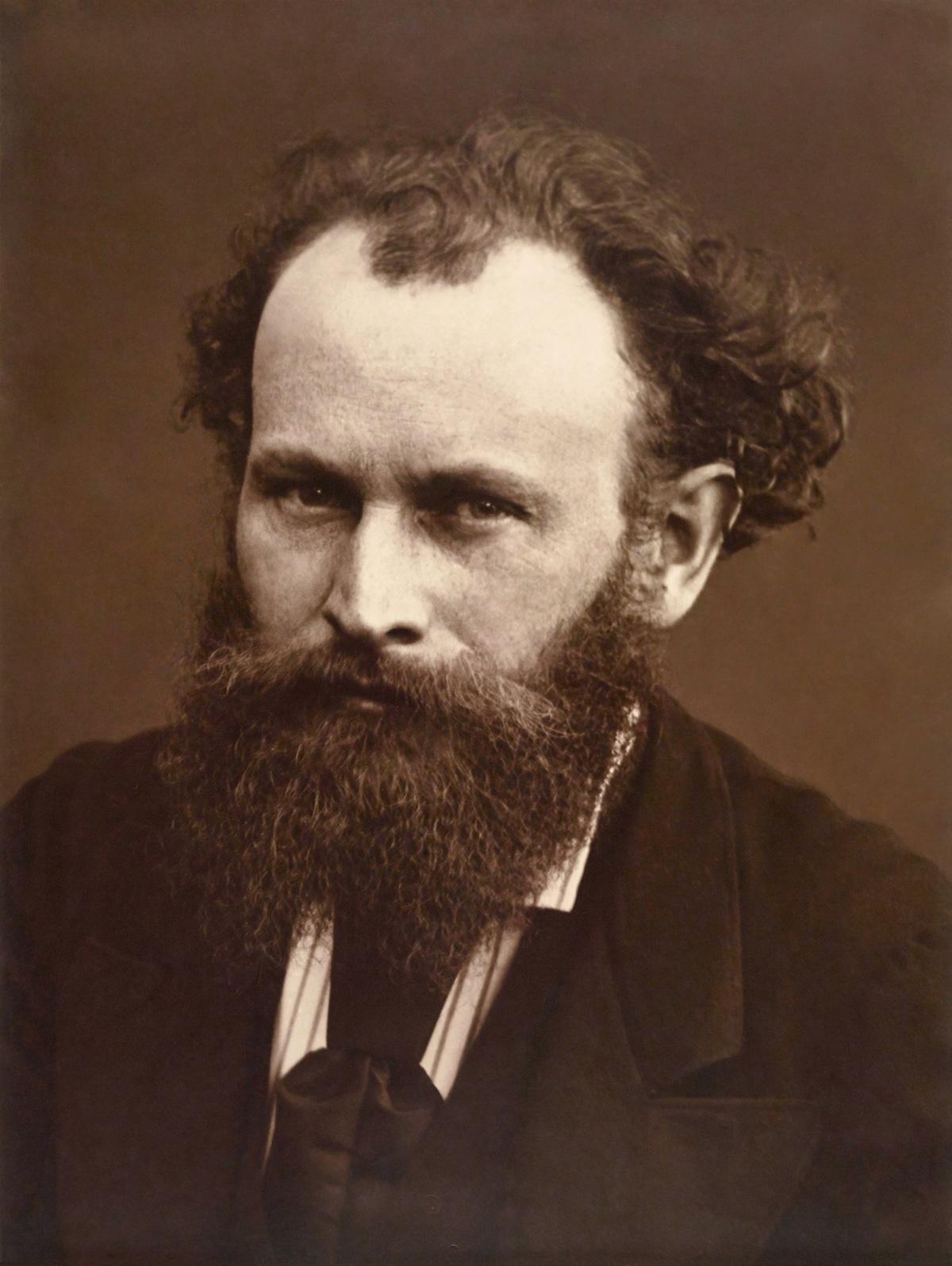With works by each artist placed side by side for the first time, viewers can see how the works are in dialogue and even mimic one another. Manet/Degas shows how their friendship, families, and intellectual circles, as well as the sociopolitical events surrounding them created an environment for the two artists to produce works that so closely intertwine. This deepens our understanding of the moment they lived through.
Olympia is one of the masterpieces of the exhibition, and its place in the show was important enough for the Musée d’Orsay to have loaned it to the Met for the first time. Since its debut at the Salon in 1865, the painting has for the most part stayed in Paris. During Manet’s lifetime, it was never sold and was only exhibited once after the Salon at the Universal Exhibition of 1867. When Manet died, Claude Monet spearheaded a campaign to raise 20,000 Francs for the French state to acquire the painting from Manet’s widow, Suzanne. Though Monet’s campaign was successful, it was not hung in the Louvre until 1907. The work stayed at the Louvre Museum for forty years and was then moved to the Jeu de Paume, an extension of the Louvre. In 1986, it was assigned to the Musée d’Orsay, where it remains to this day a mainstay of their collection.
Only in recent years has the painting been loaned to museums outside of France. In 2013, it was included in the exhibition “Manet: Return to Venice” at the Palazzo Ducale in Venice. And in 2016, it traveled to Russia where it was on view at the Pushkin State Museum of Fine Arts in Moscow and the Hermitage Museum in Saint Petersburg.
Olympia's inclusion in Manet/Degas is a watershed moment. With all of the other knock-out works that will be on view by both artists, the unveiling of Olympia in New York will be one of the most anticipated art events this fall.






























